(123 products available)

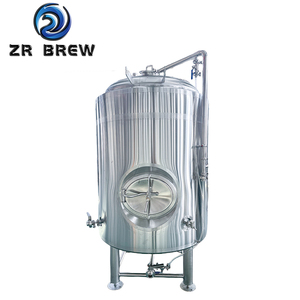



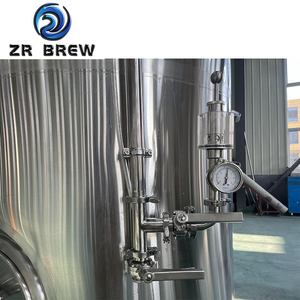



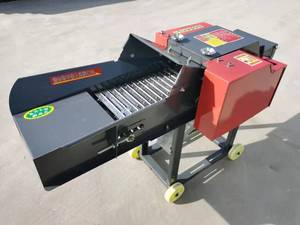










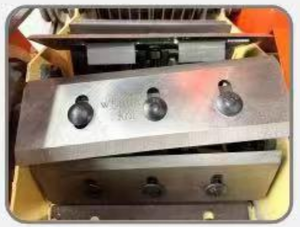






















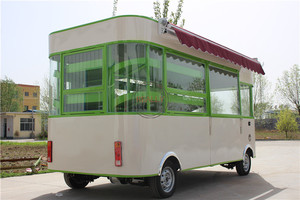










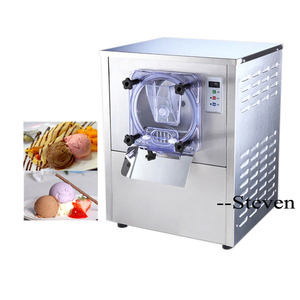

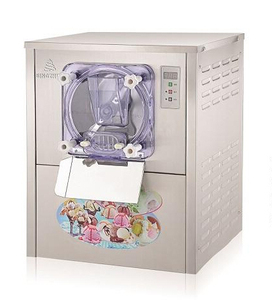
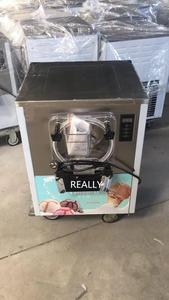




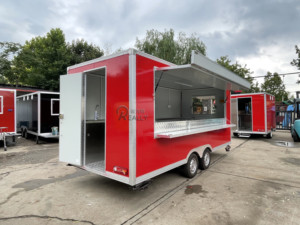


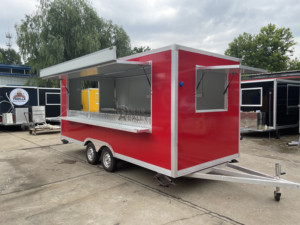


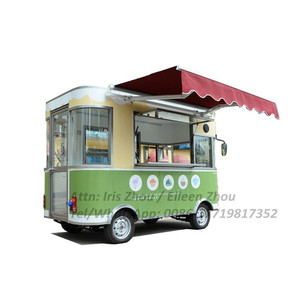





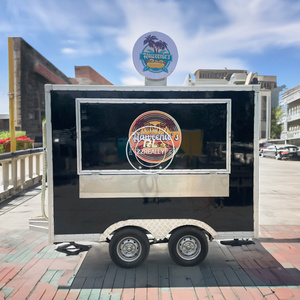






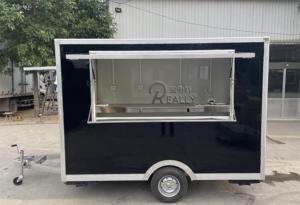





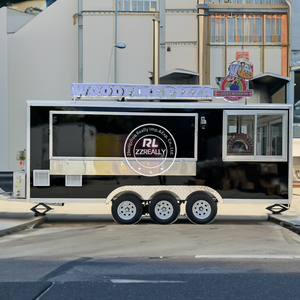






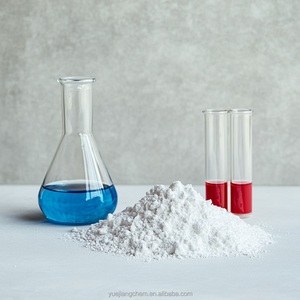








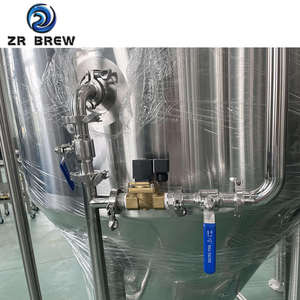

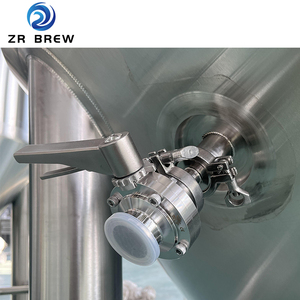


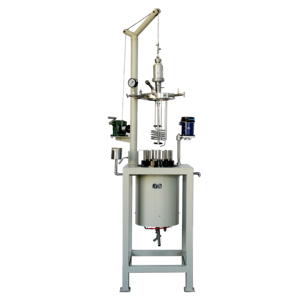













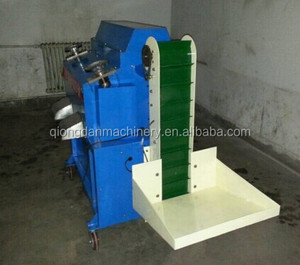











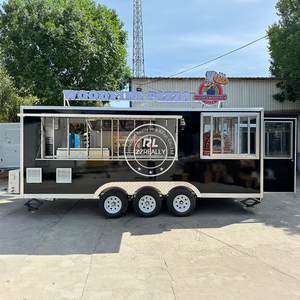








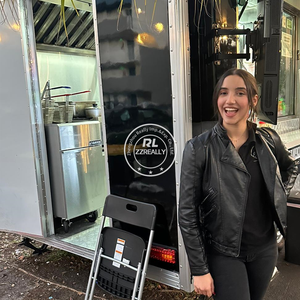



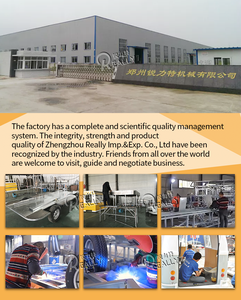


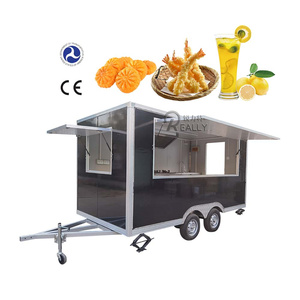
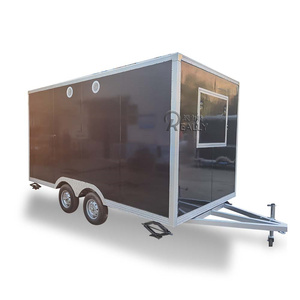









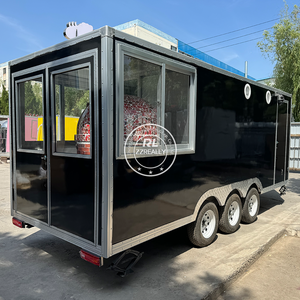

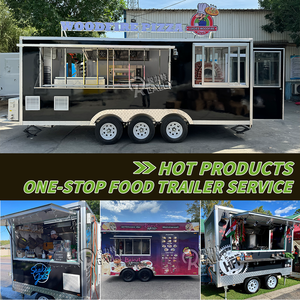


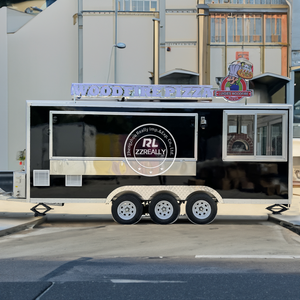


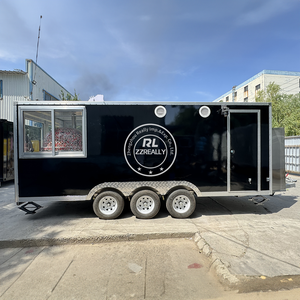















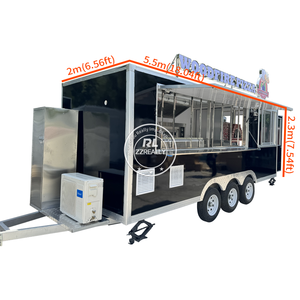











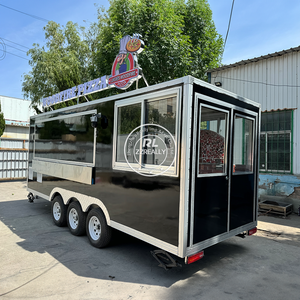



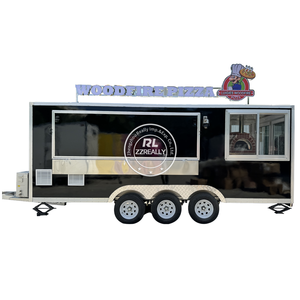



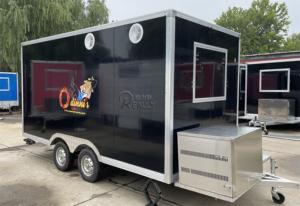



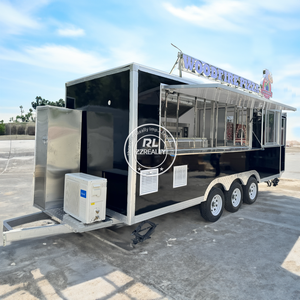










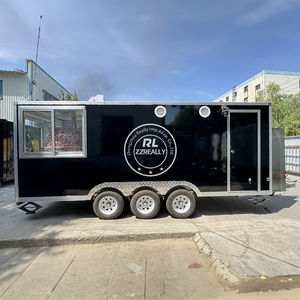



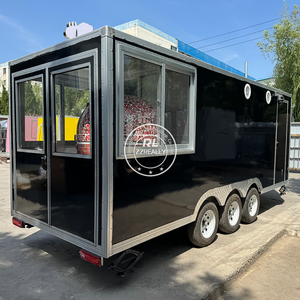

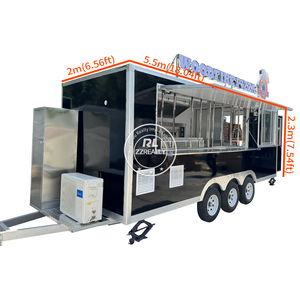
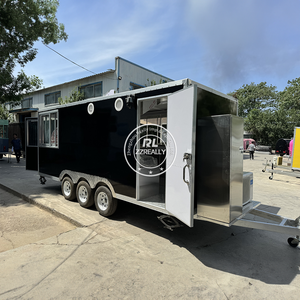


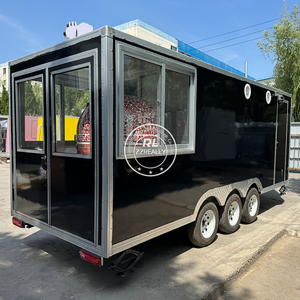
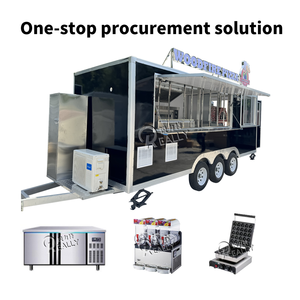
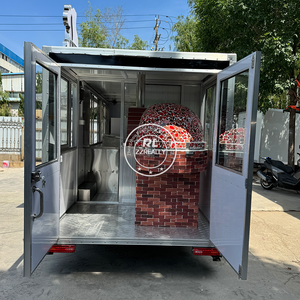
ZR processing plants are facilities designed to remove impurities from raw ore through a series of mechanical and chemical processes. Several types of zircon processing plants are available in the market.
Wet Plants
ZR wet processing plants use water and chemicals to separate impurities from raw zircon ore. These plants typically include several equipment pieces, such as classifiers, water tanks, pumps, and pipes. The water flow rate can be adjusted to ensure optimal ore separation and impurity removal. Wet processing facilities can be used to process large amounts of ore, but they also consume a lot of water. Thus, they are more suitable in places with plentiful water resources.
Dry Plants
Dry processing plants do not require water. Heated air is used to process ore and separate impurities instead. Such plants are suited for regions where water resources are limited. They include ventilation systems, pipelines, and fans that can be connected to the plant to improve ore processing.
Combined wet-dry plants
Combined wet-dry processing plants possess features of both wet and dry facilities. This type of processing equipment provides more flexibility, enabling operators to select the optimal processing method based on the quality of the raw ore and the available water resources. Combined processing plants can satisfy various production requirements and are more suitable for geographically variable conditions.
Mobile zr processing plants
Mobile processing plants are designed to be easily transportable from one location to another. These plants possess their own power generation and water supply facilities, enabling them to function independently in remote areas. Mobile processing plants provide mining companies with greater operational flexibility, allowing them to quickly adapt to changing ore deposits.
Heavy mineral zr processing plants
Heavy mineral processing plants mainly focus on separating and extracting heavy mineral resources from ore. They employ various physical separation techniques, such as gravity separation, magnetic separation, and flotation, to remove impurities and extract valuable heavy minerals. Furthermore, some heavy mineral processing plants are equipped with advanced mineral separation technologies such as electrostatic separation and optical sorting, which can enhance the purity and recovery rate of minerals.
The processing plant for zinc rings could be used in many industries and applications.
Battery manufacturing:
Zinc is a key component of zinc-carbon and alkaline batteries. A processing plant that can convert ore to metal is crucial for making these batteries. The facility will make the batteries stand; all it has to do is source the zinc.
Galvanizing industry:
Plants that coat steel with zinc for protection against rust need a steady supply of zinc. Zinc-metal processing plants that convert zinc ore into sellable zinc can prosper if they supply galvanizing plants.
Zinc oxide production:
Zinc oxide is made from processing zinc. The oxide has many uses. Some are dental rubber products, ointments for skin disorders, and UV protection in sunscreen. It is also used as a supplement for livestock and as a catalyst in the production of rubber.
Copper alloy manufacturers:
Copper manufacturers that use zinc for its durability and strength also need a continuous supply of zinc. Processing plants that can quickly convert ore to zinc will cater to the copper industry and its many applications for alloys.
Die cast manufacturers:
Die casting manufacturers use zinc as a primary metal due to its low melting point and its ability to hold intricate details. These manufacturers need a steady supply of processed zinc. Processing plants close to the die casting manufacturer will lower shipping costs and ensure quicker delivery.
Selecting the ZR processing plants requires understanding specific needs and priorities. Consider a few vital aspects.
Market Demand Analysis
It is crucial to understand the needs of the target market first. Determine the types of fruits that need processing. The result will help business owners select their ideal processing plants with fruit ZR separator models that suit market preferences.
Plant Capacity
Consider the processing capacities that match business requirements. The capacities should align with intended production volumes to ensure efficiency without over or under-utilization.
Budget and Cost of Investment
Budget constraints imply that affordable options must be selected. However, affordability should not override performance, efficiency, and quality. Consider long-term operational costs, including maintenance, energy consumption, and spare parts availability.
Technology and Automation
Consider the level of automation in the processing plant. A high degree of automation can streamline operations, reduce labor requirements, and enhance consistency. However, balance automation with affordability and the skill set of the existing workforce.
Energy Efficiency and Environmental Considerations
Focus on energy-efficient processing plants to minimize operational costs and reduce the carbon footprint. Explore options for waste management, recycling, and wastewater treatment to mitigate the environmental impact of processing activities.
Maintenance and Support
Select processing plants that come with good technical support and maintenance services. The availability of spare parts, the reputation of the suppliers, and the promptness of the support team can significantly impact the smooth operation and longevity of the equipment.
Safety and Hygiene Standards
Ensure that the processing plants comply with international safety and hygiene standards. Proper safety features, employee training, and equipment maintenance can prevent accidents and ensure product safety.
Q1: How does a slurry zirconium mineral separator work?
A1: The slurry concentration differs because of the size and specific gravity of each mineral. The lighter mineral will rise and report first at the overflow, while the heavier mineral will sink and be collected at the bottom.
Q2: What are the trends in the zirconium processing plant market?
A2: The global zirconium market is anticipated to witness substantial growth on account of increasing demand from ceramics, refractories, and other end-use industries. Several market players are investing in improving mineral processing methodologies to enhance yield and reduce environmental impact.
Q3: What are the recent developments in the zirconium processing plant technology?
A3: There have been advances in the processing technology of zirconium that have improved separation efficiency and purification. For instance, enhancement of air-water froth flotation techniques, as well as development of chemical reagents that increase recovery rates, have been beneficial to the industry.
Q4: What is the expected demand for zirconium processing plants?
A4: The demand for zirconium processing plants is expected to remain steady due to the consistent need for zirconium products in various industries. However, the scale and capacity of processing plants required may vary depending on regional zirconium ore supply.